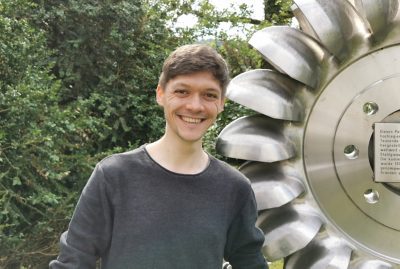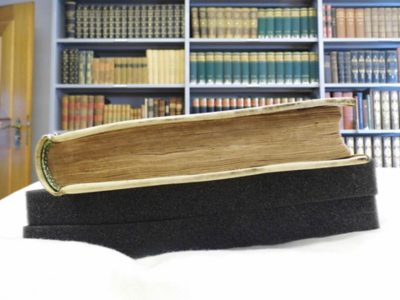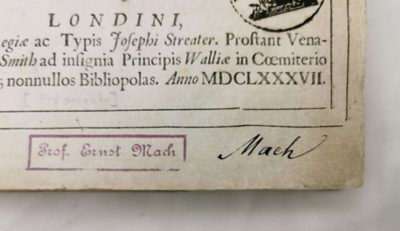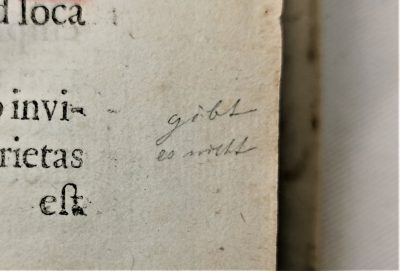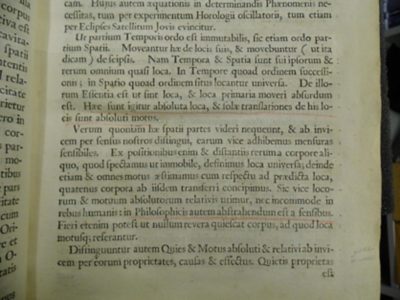Isaac Newton's (1643-1727) Principia is one of the most important works in the history of the natural sciences and counts as an unmistaken highpoint of the Scientific Revolution.
In this work, sold with two different title pages (one version has the standard two-line imprint 'Plures Bibliopolas', the other a three-line cancel with 'apud Sam. Smith') Newton brings together the principles of inertia, action and interaction as well as the concept of gravity with the cornerstones of classical mechanics, in a way which still shapes the macroscopic view of nature today. Although the origin of the Principia in the correspondence between Newton and Edmond Halley (1656-1742) – to whom the publication of the work is largely owed – is well documented, the number of copies at that time is unknown. However, recent studies assume that more than 500 copies were printed, of which 350 to 400 are believed to have survived to date.
Due to the central importance of the text for the modern natural sciences, first editions of Newton's Principia are coveted collector's and exhibition items, especially if their provenance is of high relevance to the history of science - and this is exactly the case with the Iron Library copy. It comes from the library of Ernst Mach (1838-1916), who was not only significantly involved in the 'degradation' of classical mechanics to a 'practicable approximation' on the macro level, but who also stamped his Smith copy with his name on the title page and signed it. The special value of the Mach Principia of the Iron Library results from a few underlinings (partly in gray, partly in red and partly in both red and gray) and annotations in relevant places, which in all probability can be attributed to Mach and thus document his handling of the epoch-making work.
For example, a statement is highlighted on page 19, which reproduces the principle of the independence of the relative movements between two bodies within a space from the potential uniform movement of the space itself, is bracketed in red. Mach's research approach, however, suggests itself when a reference to Marin Mersenne (1588-1648) is marked red on page 370, in which Newton discusses his deviating observations on the speed of sound. It then becomes explicit in the critical marginalia when Mach comments on Newton's formulation of his second law of motion (principle of action) with 'tautology' and notes next to the third law of motion, the principle of interaction, that it has 'no systematic role'.
Mach's active handling of his first edition of Principia is therefore a real stroke of luck, which enables an entry into the 'engine room' of scientific and historical text work. It enables an insight into research practice that cannot be found in specifically self-portraying or even official documents, and not nearly with the same clarity. The first edition of Principia in the Iron Library is therefore not only a document of high bibliophile value, but also a valuable historical scientific source. It has become one of the best-documented components of an in-depth book-historical census for the first edition of Principia, and one from which I have learned a lot for my work with material historical sources.
